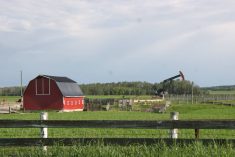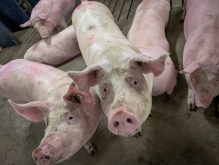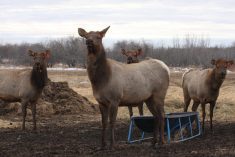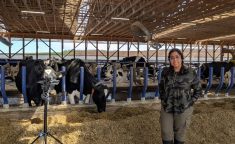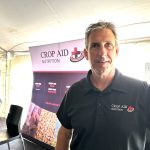PREVENTION FIRST Regular cleaning, vent covers, and careful monitoring keys to integrated pest management
Growers need to root around in their pest-control tool box and consider insecticide as a last resort, says research scientist Kwesi Ampong-Nyarko.
Prevention is always the better option, the special crop research scientist with Alberta Agriculture said at a recent field day for bedding plants held at Crop Diversification Centre North.
Since it’s almost impossible to eradicate insects, growers need to carefully weigh the cost of spraying against the potential economic benefit, he said.
“You have to decide the level where you want to take action,” said Ampong-Nyarko.
Read Also
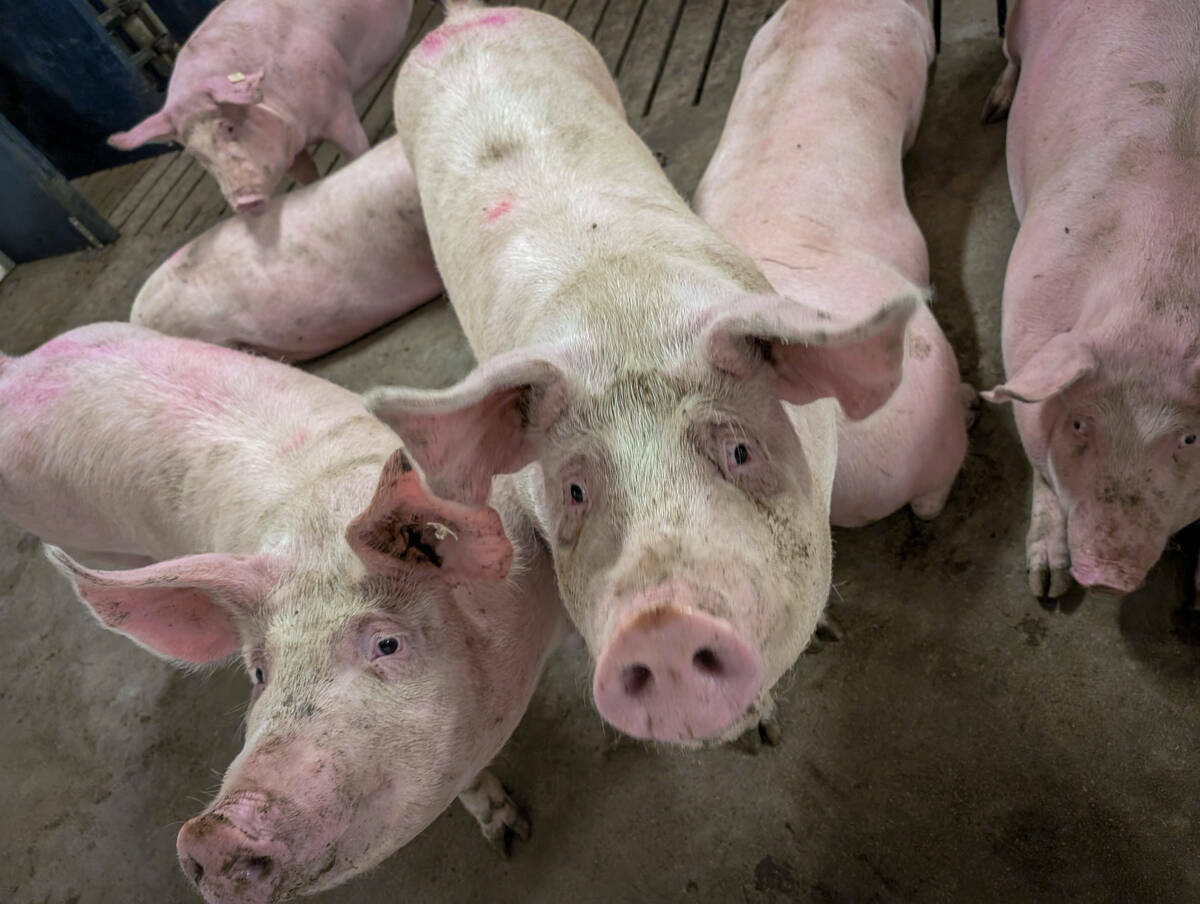
Ottawa pauses update on food from cloned livestock
Health Canada has indefinitely suspended a proposed update to the novel food policy governing foods derived from cloned cattle and swine, as well as their progeny.
He advocates integrated pest management, which starts with identifying insects and assessing infestation levels.
“If you routine spray, just planting and then spraying without monitoring the pests, then you are not practising IPM,” Ampong-Nyarko said.
Sticky traps, which are changed weekly, can be used to monitor the number of pests. Growers should also scout, inspect the plants, count bugs, and keep annual records of pest levels and damage. They should also record pest management actions taken and their effectiveness.
Plants coming into greenhouses should be examined and kept in a quarantined area; windows and vents covered with insect screens; and greenhouses regularly cleaned. The latter includes removing soil and organic matter from floors and disinfecting pots, flats and trays. Hose ends are a hotbed for insects and should be removed from the floor, kept in a clean area and covered. Hydrogen peroxide and bleach can safely be used to clean greenhouses.



